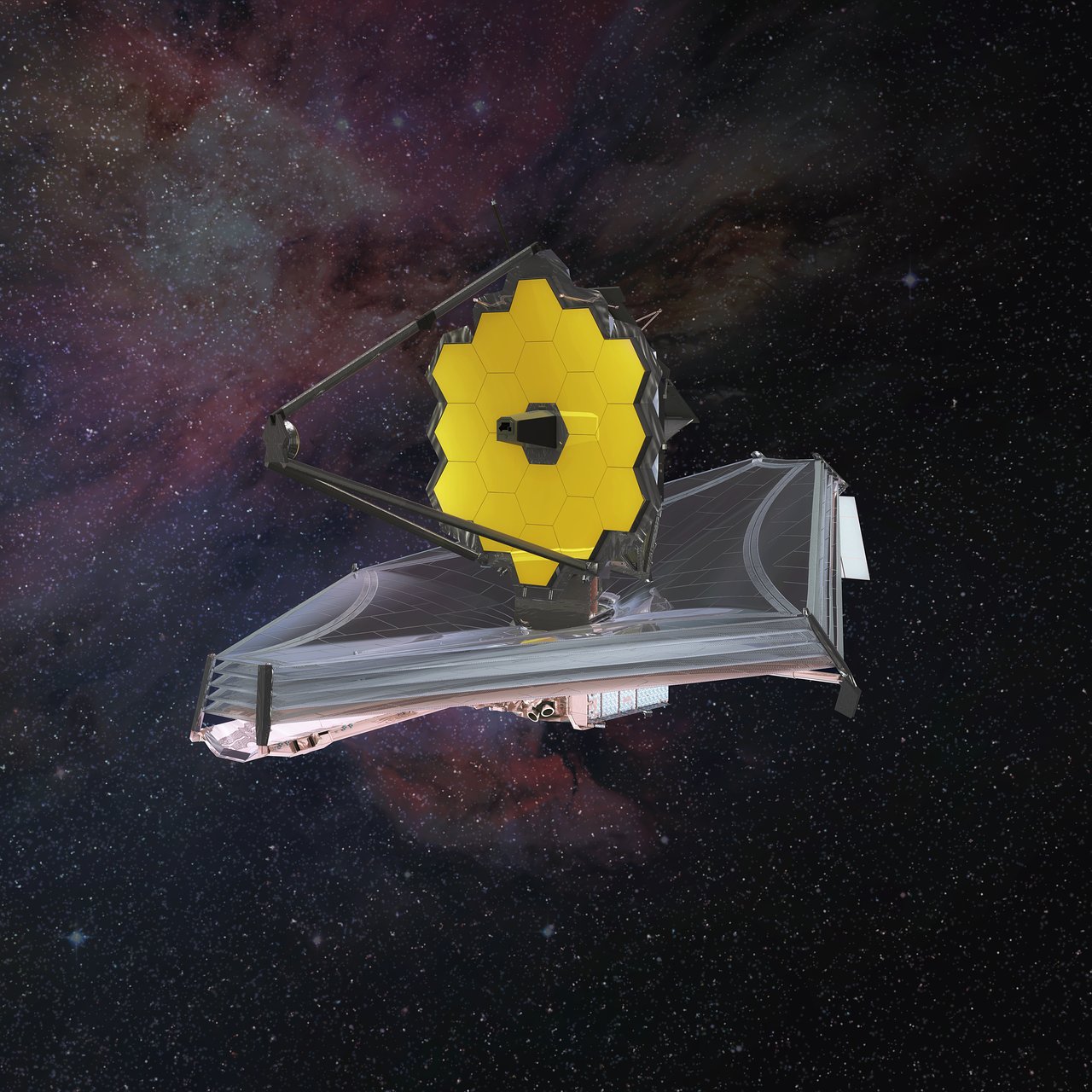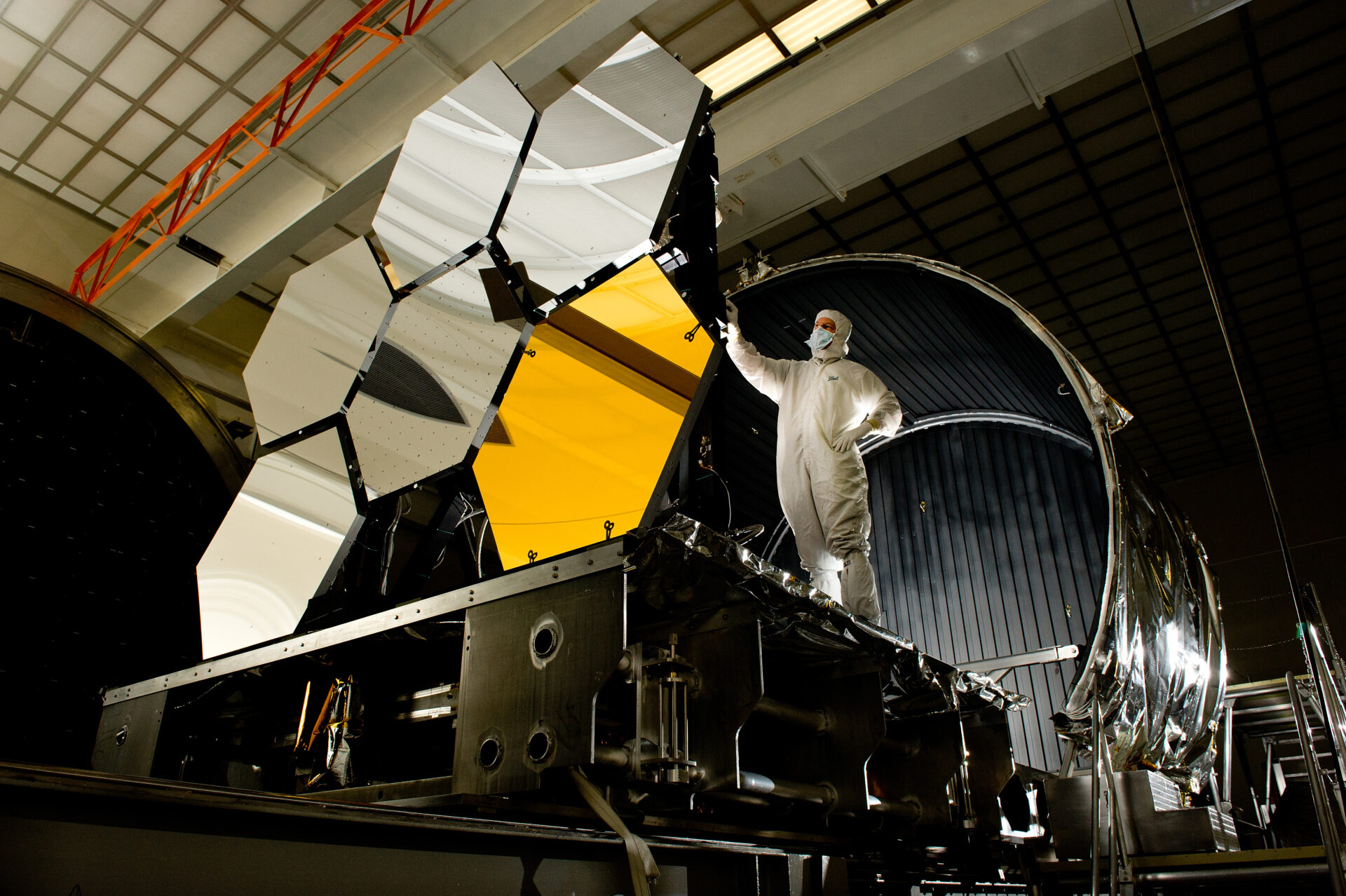The new, powerful NASA James Webb space observatory ran into trouble — a micrometeoroid hit one of the 18 segments of the main mirror and significantly damaged it. The collision forced the team to correct the distortion caused by the impact. However, NASA assures that the telescope is still operating at a level exceeding all the requirements of the mission.
Not the first collision
Tellingly, this is not James Webb’s first collision with meteoroids. According to NASA, since the launch, the telescope has collided with at least four different small space rocks. However, compared to the last collision, those stones were much smaller.

A micrometeoroid is a small fragment of an asteroid, usually smaller than a grain of sand, ranging in size from 10 microns to 2 mm. However, the last one was more than what the agency was preparing for. The size of the stone is not specified. NASA admits that the impact that occurred between May 23 and May 25 caused a small but noticeable defect, and engineers continue to analyze the effects of the impact.
The design of the JWST implied collisions with tiny cosmic particles during its lifetime. The mirrors were coated with a protective thin layer of gold to withstand the impacts of tiny space debris over time. Ground tests did not expect the telescope to collide with large meteoroids. Nevertheless, this did not come as a complete surprise.

“We knew that WEBB would face a harsh space environment, which includes severe ultraviolet radiation and charged particles from the Sun, cosmic rays from exotic sources in the galaxy and accidental impacts by micrometeoroids,” explains technical specialist Paul Geithner.
Problems with James Webb
The James Webb Space Telescope, or JWST, is an incredibly powerful next-generation space telescope. It is designed to take a detailed view of the farthest corners of the Universe and look into the past to the stars and galaxies that formed in the first few million years after the Big Bang. NASA has spent almost USD 10 billion on its construction, and it has been built for two decades. At the end of 2021, the telescope was finally sent into space, where it underwent an extremely complex deployment process before reaching its final destination at the L2 Lagrange point.
Engineers have already adjusted the damaged mirror to compensate for data distortion. At the same time, NASA warns that it was not possible to completely neutralize the effects of the impact.
Follow us on Twitter to get the most interesting space news in time
https://twitter.com/ust_magazine

